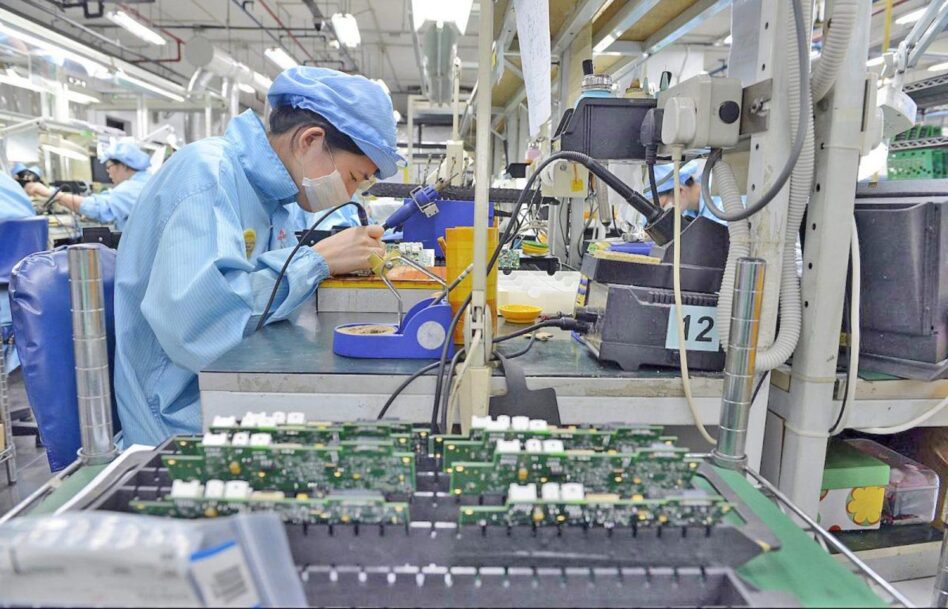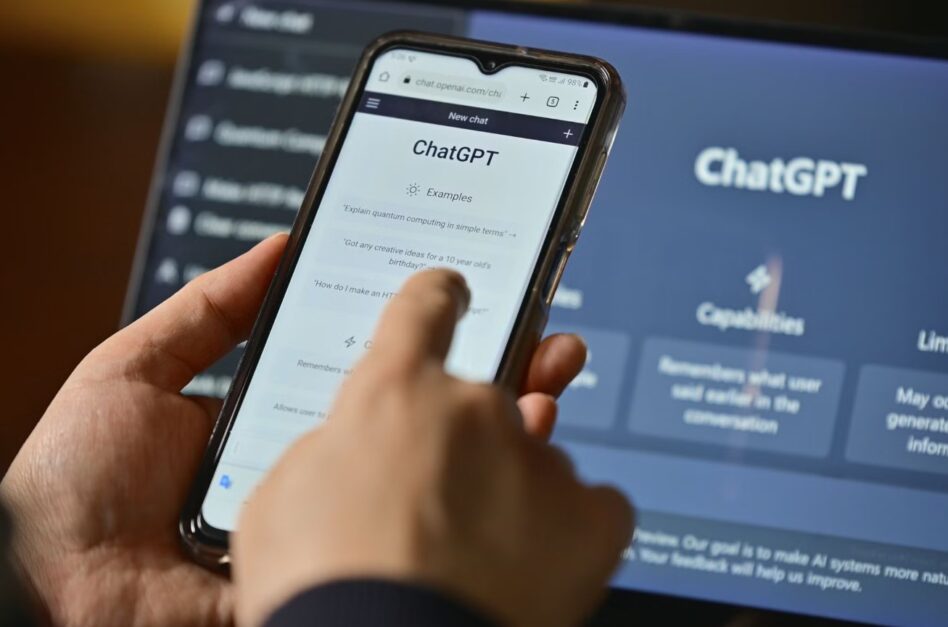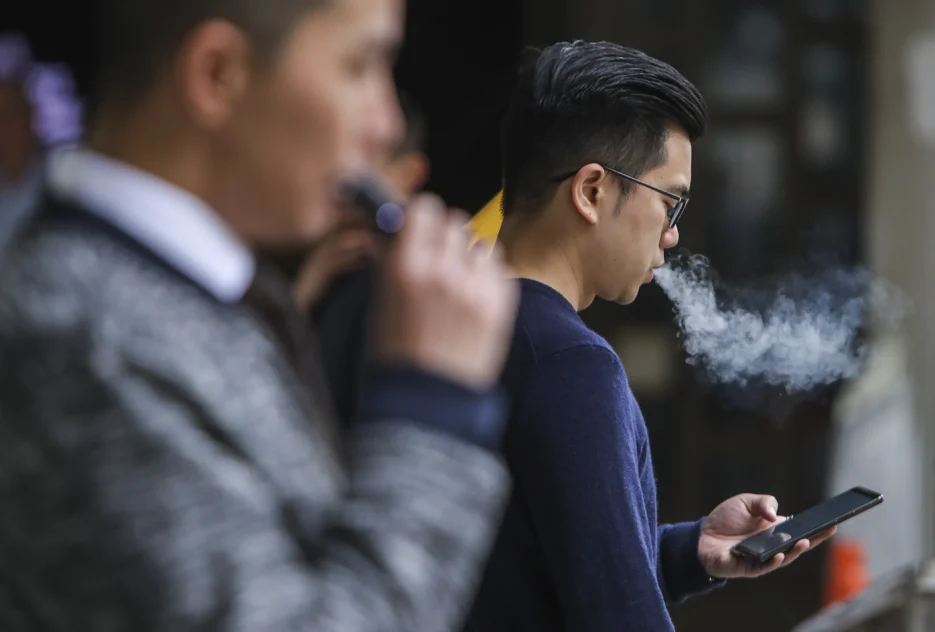WHAT’S the deal with semiconductors? You might be wondering why semiconductors became so hot, and what shifting from “From Made-in-Malaysia to Made-by-Malaysia” means.
More importantly, what’s in it for me?
Semiconductors power our devices and technologies, from smartphones, cars, data centres, and artificial intelligence (AI) systems like ChatGPT.
The onward march of digitisation, increased demand for faster, energy-efficient computing, and geopolitical tensions have spurred a global semiconductor race, or a “chip war”.
While Malaysia has a longstanding reputation as a manufacturer, the National Semiconductor Strategy (NSS) seeks to develop our front-end capabilities in terms of chip design and advanced packaging, among others.
Since its official launch last May involving fiscal support of US$5.3 bil (~RM25 bil), the Selangor state government via its executing agency Selangor Information Technology and Digital Economy Corporation (SIDEC) has strongly supported the NSS through the pursuit of 3I’s: investments, infrastructure, and intellect.
When launching the first Malaysia Semiconductor Integrated Circuit (IC) Design Park in August 2024, SIDEC CEO Yong Kai Ping announced its full occupancy and to expect the launch of the second IC design park in Cyberjaya in 2025.

In March, I joined a SIDEC delegation to Taiwan, led by Selangor State Exco of Investment, Trade and Mobility Ng Sze Han. We met several semiconductor giants such as TSMC, Vanguard International Semiconductor Corporation, and MediaTek.
Besides promoting Selangor’s attractiveness, SIDEC is proposing a 30% local-content policy, which will allow Malaysian original equipment manufacturers (OEMs) and original design manufacturers (ODMs) to enter the IC design supply chain in specific sectors like data centres, electric vehicles (EVs), and aerospace.
Youth opportunities in Selangor
- Competitive salaries comparable to Singapore and Vietnam
According to Malaysia Semiconductor Industry Association (MSIA) president Datuk Wong Siew Hai, Malaysia loses an average 15% of semiconductor talent annually to brain drain.
And understandably so—conventional engineering roles offer starting monthly salaries of RM2,800–RM3,500; similar roles in Singapore or Taiwan pay upward of RM6,000.
Today, the IC Design Park offers a salary of RM5,000–RM6,000 for undergraduate engineers, while master’s degree holders can earn upwards of RM7,000. Each IC park requires around 400–600 engineers in computer science and mechanical and electrical engineering.
The Malaysia Semiconductor Recruitment Day 2024 organised by SIDEC attracted 2,000 turn-ups, 3,000 screenings, and 25 leading semiconductor companies over 2 days; some secured jobs on the spot.
Besides attractive salaries, the IC design parks also factor accessibility (for logistics and shipping) and lifestyle e.g., public transportation, F&B, retail, recreational facilities, and schools.
- Gain practical application through industry-varsity collaborations
In March 2024, NXP signed a Memorandum of Understanding (MOU) with Universiti Malaya (UM) to conduct a series of workshops towards the aim of designing an elective course for the university curriculum in the next academic year.
NXP and Universiti Putra Malaysia (UPM) also established the UPM-NXP Collaboration Laboratory to provide opportunities for research, practical application, and a pipeline to absorb talented graduates into NXP’s workforce.
Encouragingly, other universities have been organising talks with semiconductor companies to promote women in STEM.
Last month, the Malaysian Investment Development Authority (MIDA), the Federation of Malaysian Manufacturing (FMM), and Bintang Capital Partners (Bintang Capital) signed an MOU introducing the Bintang Semiconductor Impact Fund I (BSIF I).
Besides its core business of investing, BSIF I aims to support carbon transition initiatives and career development opportunities for women.

- Upskilling and international exposure via the Advanced Semiconductor Academy of Malaysia (ASEM)
During our trip, ASEM signed a MOU with the National Yang Ming Chiao Tung University (NYCU) and National Tsing Hua University.
Malaysian engineering students and researchers can now join exchange programmes and access advanced research and development (R&D) labs in Taiwan.
ASEM also manages two programmes in partnership with ChipInventor, a Brazil-developed cloud-based semiconductor chip design platform:
- The National Semiconductor Excellence Programme (NSEP) for Year 3 and 4 undergrads, recent graduates, and new hires in electric and electrical (E&E) engineering, computer science, or related fields. Applications are open for the July and September intakes.
- The Global Semiconductor Exchange Programme (GSEP) for undergrads and fresh grads in a broad range of engineering streams, and new hires. Applications are open for the August intake. Last week, 30 students departed for the Shenzhen Institute of Information Technology (SZIIT) with full scholarships.
ASEM’s partnership ecosystem that combines academic institutions, semiconductor players, and a job portal creates a direct pipeline between its alumni to enter the workforce. Universities include UM, Universiti Kebangsaan Malaysia (UKM), Unisel, Sunway University, Monash University, New Era University College, and Xiamen University Malaysia.
A future worth staying for
Our brain drain problems cannot be solved overnight. Geopolitical tensions and the US tariffs issue have introduced uncertainty in financial markets.
Currently, tariffs have not been imposed on semiconductors, but we must be prepared. The talent crunch in our semiconductor industry must be tackled sooner than later.
In an age where “work from home” (WFH) is possible, and mental health and work-life balance prioritised over “looking busy”, semiconductor companies and universities should resist manufacturing a workforce purely for industry.
Driving innovation and moving up the value chain must go hand in hand with better, fairer and more inclusive workplaces that are engines of wellbeing.
If the National Semiconductor Strategy (NSS) can deliver this well, we can build a future our young engineers will find worth staying for. – May 8, 2025
Lim Yi Wei is the Kampung Tunku state assemblywoman and the DAP Selangor public policy bureau chief.
The views expressed are solely of the author and do not necessarily reflect those of Focus Malaysia.
Main image: Reuters








